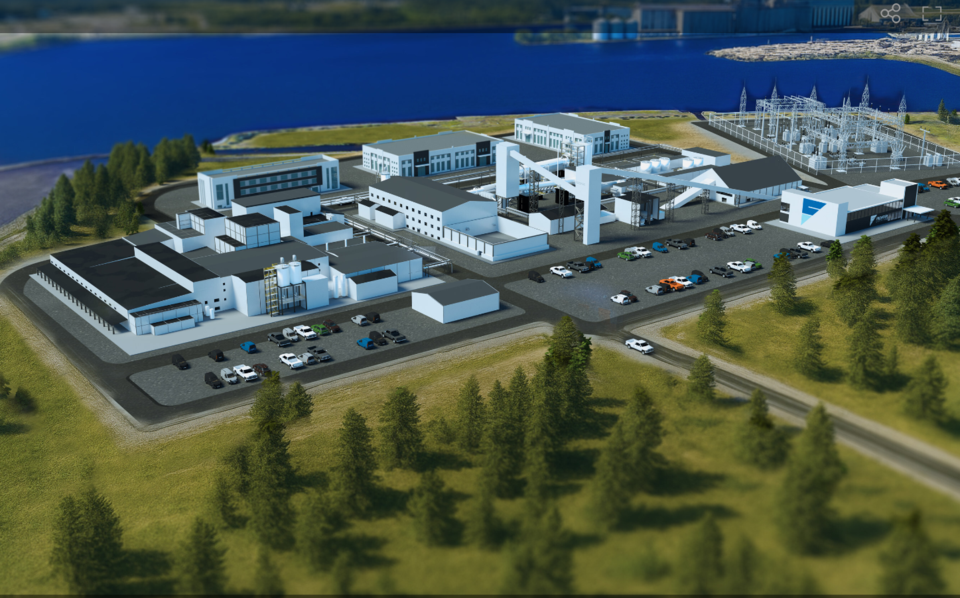Frontier Lithium is looking to fill in the details and come up with the price tag for its proposed Thunder Bay lithium refinery on the city’s waterfront.
The ambitious Sudbury-based mine developer has started a definitive feasibility study (DFS) to determine the cost and scale of a refinery that will not only process material mined from its spodumene deposits, north of Red Lake, but also put Thunder Bay on the map as an international processing hub.
Frontier has not made a decision to build the refinery, or the mine, but this comprehensive technical and economic study will better inform them. It’s expected to be done within 18 months.
Fluor Canada, considered an experienced engineering and construction company on large critical minerals project, will conduct the study.
The company expects good news coming from Ottawa and Queen’s Park. Both orders of government intend to fund a significant portion of the refinery’s construction costs with agreements to be signed sometime in 2025/2026, Frontier said in a July 31 news release.
Both governments are on the critical minerals bandwagon and are eager to support large-scale resource projects.
"Advancing this phase of the project is critical not only for Frontier,” said company president-CEO Trevor Walker in a statement, “but for ensuring that we continue to build a successful made-in-Canada EV battery supply chain. We’re confident in the lithium refining experience of our project team and excited to move forward into this next phase."
Back in February, Frontier picked a refinery site on Mission Island on the spot of the former Ontario Power Generation station, now demolished. The facility will be designed to produce 20,000 tonnes of lithium carbonate equivalent (LCE) lithium hydroxide salts annually, enough to support battery production of up to 500,000 electric vehicles a year.
The plant’s primary feed will come from Frontier’s PAK project, 175 kilometres north of Red Lake, which it bills as North America’s highest grade lithium resource and the second largest on the continent.
PAK consists of two deposits capable of generating $11 billion over a 31-year run. If everything falls into place in a timely fashion, the company hopes to be mining by 2030, employing more than 230. But a government-funded road and bridge still has to be built into the site to move the material out.
Frontier is not the only lithium player with processing plans for the city.
Toronto’s Avalon Advanced Materials has settled into a preferred brownfield spot on the north end, while Australia’s Green Technology Metals has been eyeballing a site toward the city’s centre.




